PFC bans are set to change the face of all waterproof garments
The retirement of Gore-Tex Shakedry is just the tip of the iceberg
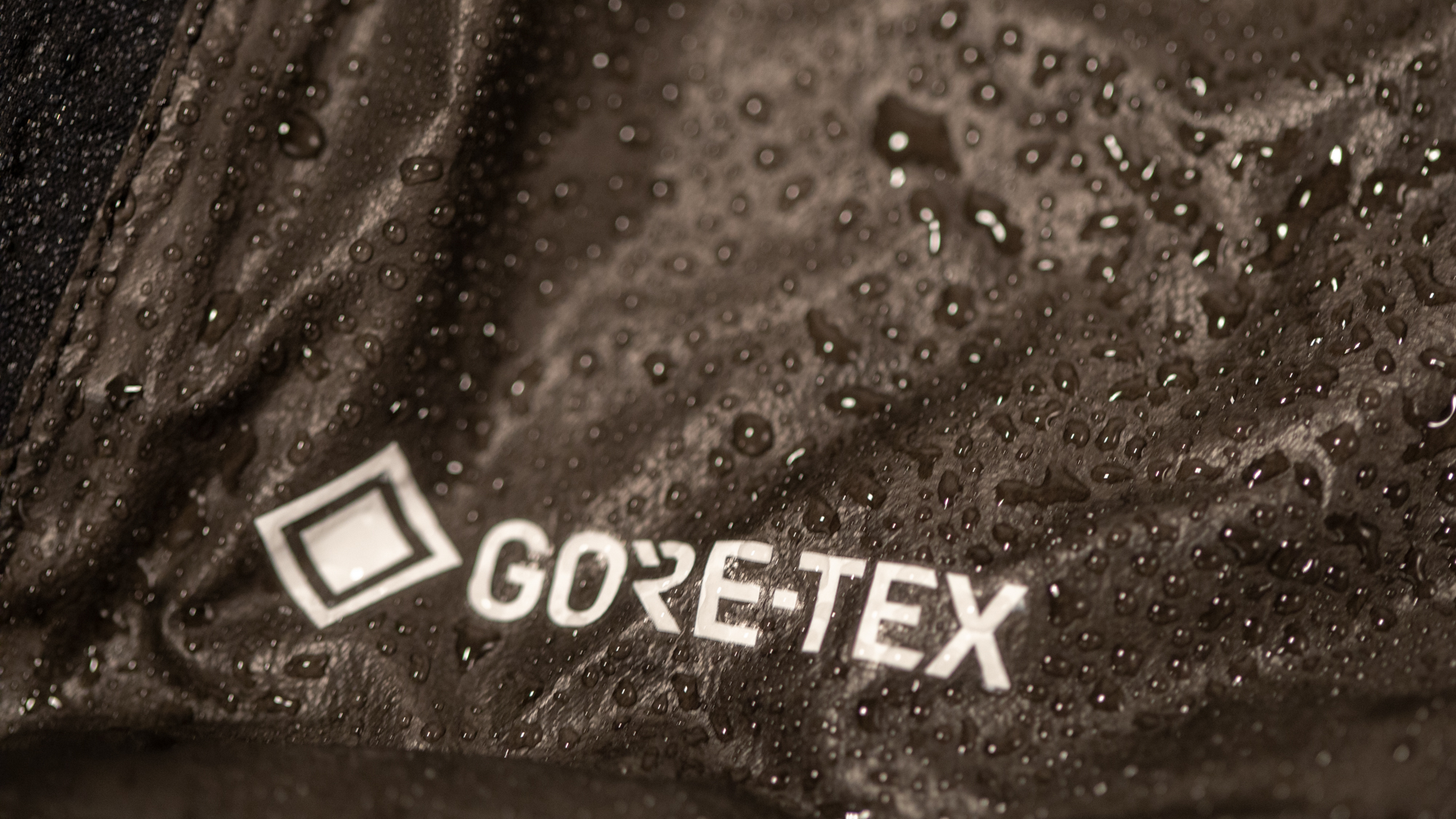
"Gore-Tex Shakedry is and will remain a central part of Gorewear product offering to serve the needs of endurance athletes in all weather conditions. Unfortunately, the Gore-Tex Shakedry technology is no longer offered from Gore Fabrics due to ongoing supply challenges, but we are excited about the Gore-Tex Shakedry technology and therefore did invest into our inventory position last year to ensure we can offer it until the current inventory runs out."
That statement came out near the end of November without much fanfare. It was originally reported by Road.cc, who dedicated roughly 300 words to it in a Saturday news roundup; our Shakedry will be retired coverage was only a bit more robust. There was a general sense of surprise but no one, including me, seemed to think much of it. Over the last few years, we've all seen supply chain interruptions cause companies to shift strategy. There was an expectation that there would be a shift and a new wonder material would hit the market soon enough.
The reason no one took it all that seriously is that Shakedry is hugely popular and incredibly effective. When I put together my list of the best winter cycling jackets, I knew I wanted to include the material and it showed up multiple times. Living in the American Pacific Northwest means winter riding is rain riding and there's no fabric more capable. When our list of the best waterproof cycling jackets came out, it once again featured a pair of Shakedry options.
When I read the news of the discontinuation, I immediately wanted to look at why it was being discontinued, what else was out there, and what was coming next. I expected to find that Gore had a clear path forward, and I planned to look at what competitors were planning. I had no idea what I was about to dive into.
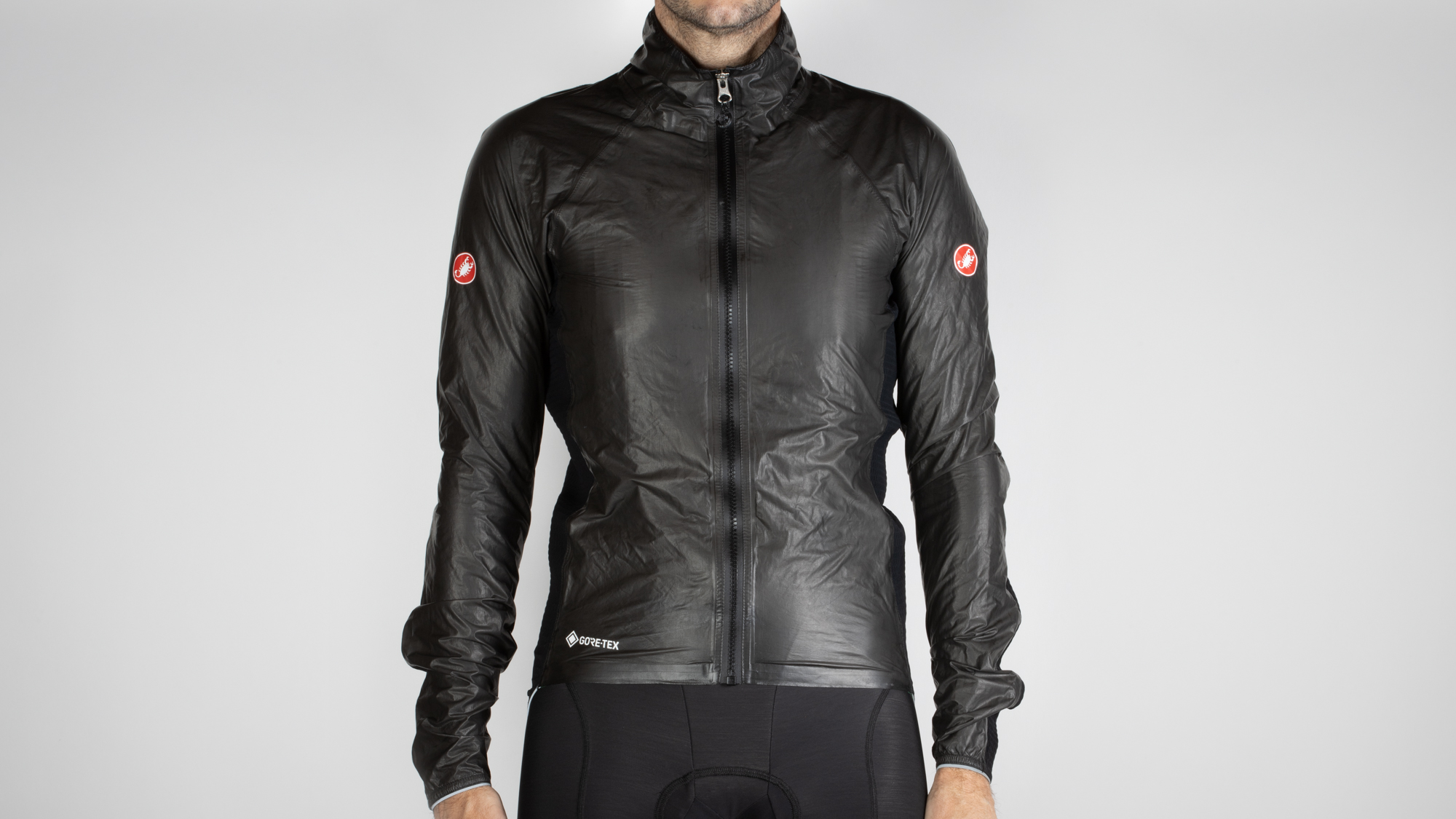
The real reason Shakedry is disappearing
"While the Shakedry fabric has been great for its characteristics as a cycling jacket (waterproofness, breathability and lightweight), the membrane also contains PFOA [ed. Perfluorooctanoic acid] chemicals, and Gore is dedicated to being PFOA-free by 2025, so the future of Shakedry was always limited," explained Steve Chapin, brand strategist at Castelli. "Gore is dedicating their engineering resources to next-generation sustainable fabrics so we can understand their decision to focus on the future."
Supply chain issues undoubtedly play a part, but it appears that's not the sole reason. Shakedry is going away because the world - not only Gore Fabrics - is moving away from fluorinated polymers. It's not just affecting Shakedry, it's affecting ski waxes, cosmetics, car tyres, smartphone screens, and almost every aspect of modern society.
The change is going to transform the outdoor industry as we know it. Today we are talking about Shakedry but every Gore membrane from the first to the last uses the same basic chemistry. Gore as a brand is being asked to fundamentally shift its product and it's not just Gore. Durable water repellents are a key part of both membrane, and non-membrane fabrics and DWR uses fluorinated polymer chemistry as well.
Get The Leadout Newsletter
The latest race content, interviews, features, reviews and expert buying guides, direct to your inbox!
- Waterproof fabrics explained: What are they and how do they work?
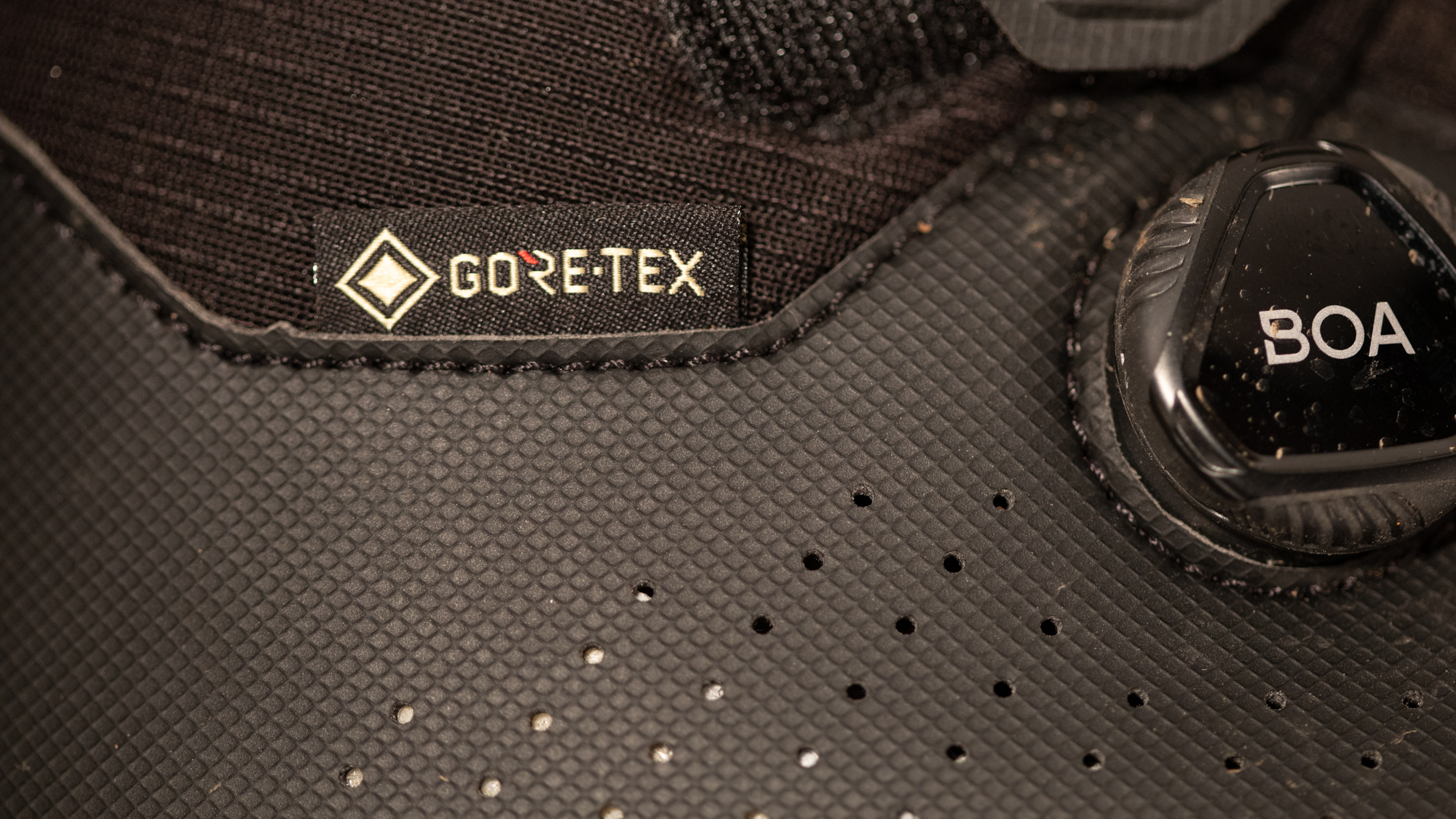
What is Shakedry?
There are a lot of cyclists who have never experienced Shakedry. It's very expensive, it's delicate, it doesn't stretch, and with a few rare exceptions, it only comes in black. There's a huge swathe of riders who dismiss it for any of those, valid, reasons. There's also a huge number of people who just don't need it. Shorter rides with less chance of rain don't need the kind of performance Shakedry offers.
There is more to Shakedry though. It represents more than just a single-focus high-performance product. Instead, it's actually the pinnacle of what is possible after over fifty years of research and development. Depending on who you ask, it may also be a product that marks the end of an era and a standard we never reach again in the outdoor industry.
Even as someone who has access to multiple Shakedry jackets and regularly uses the product, I didn't grasp how and why it was so good. For me, it was one of many products I might choose for certain weather conditions. The first inkling I had of how much more it represented was when I jumped on a phone call with the co-founder of British Columbia clothing company 7mesh, Ian Martin. 7mesh has a Shakedry jacket called the Oro and Ian is an encyclopaedia of knowledge when it comes to fabric technologies.
My understanding of Shakedry was simply that it was a Gore-Tex waterproof membrane moved to the surface of a jacket. ePTFE - or Expanded Polytetrafluoroethylene - is what makes a Gore membrane both waterproof and breathable. Putting it at the surface means that there's no opportunity for water to soak in and that means you stay dry. PTFE is Teflon so that only adds to the effect.
The explanation works but Ian quickly showed me how simplistic it is and the ways in which it fails. It turns out that we almost never experience water coming through a waterproof membrane. What we experience is sweat and it happens because waterproof membranes aren't magic. They work because the heat inside a garment will try to equalise with the outside environment and the process will draw the moist air out. If the warm internal air gets to the barrier and finds cold water, the moisture in that air will condense. The condensation builds up and you become wet from the inside out. Shakedry eliminates the possibility of water sitting on the outer surface and that keeps the exchange through the membrane working efficiently.
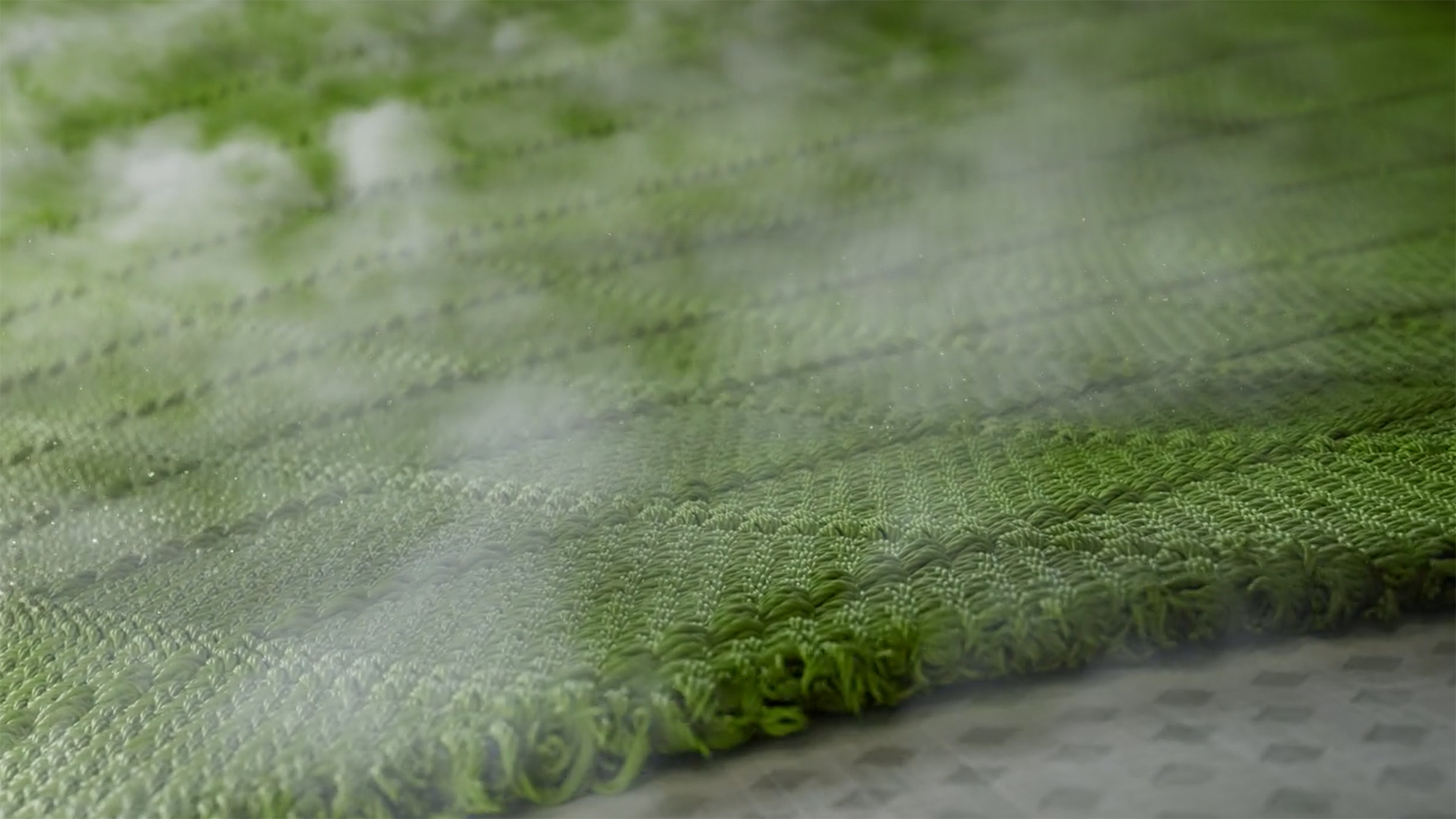
What comes next from Gore?
If you look back at the statement from Gore you will notice there is a distinction. There is a reference to Gore Fabric and Gorewear. Despite being part of the same larger company, the two are not the same. Gorewear is a sportswear brand that makes cycling and running gear. Gore Fabrics supplies fabrics to nearly every outdoor brand on the planet including Gorewear.
Gore Fabrics is discontinuing Shakedry but Gorewear isn't. Of course, that won't last forever but by stockpiling the fabric, Gorewear is making sure it has supplies to last at least this season. There's an obvious question of what comes next but for now, the brand will only say "We currently don’t have any statements on any new Gore-Tex technologies to replace Gore-Tex Shakedry."
When it comes to Gore Fabrics, it has actually telegraphed its next move, at least to an extent. Back in September, a press release went out but never got much traction. I remember it coming through my inbox at the time and the title "Introducing New Gore-Tex Products with Innovative Expanded Polyethylene (ePE) Membrane for AW22" didn't exactly catch my eye. I sent an email out to Gorewear and asked about it, but there was nothing to test and it fell off my radar.
As it turns out, that press release was a big deal. Expanded polyethylene is the future of the Gore product line. Like existing products, it's available as a three-layer fabric with a membrane-embedded between an inner and outer face fabric. It still carries the "Guaranteed To Keep You Dry" promise and it's still a microporous breathable design. What's different is that it is free of PFC [ed. Per-fluorinated compounds] and half the weight for footwear and clothing. It's currently unavailable in any cycling product, so for now, it’s a waiting game to see how it performs.

There's also an important asterisk in the press release behind where it says PFC-free. The new material is PFC-free but it turns out it's not replacing the ePTFE membrane. Gore is committing to a "goal for being free of PFCs of Environmental Concern." That doesn't affect the ePTFE membrane though because, according to the brand, ePTFE "is inert, insoluble in water, extremely stable and not biodegradable. Therefore, it does not degrade to become a source of PFCs of Environmental Concern."
The brand goes on to clarify: "In terms of the continuation of the PTFE membrane, as an Enterprise, Gore values the unique properties of ePTFE and fluoropolymers and remains committed to leveraging their attributes in high-performing products across a wide range of demanding applications. ePTFE-based membranes and technologies will continue to play an important role in Gore's product portfolio across the Enterprise. That being said, Gore will continue to innovate, further develop, and scale their new Gore-Tex products with ePE membrane over time and pursue broader deployment consistent with fitness for the intended end use principle."
So, while ePE is arguably the future, ePTFE remains a parallel product for now. Shakedry is still going away though, so if you want to take advantage of the performance Shakedry offers, you will want to act quickly. There continues to be Shakedry products available from Gorewear directly. There is also remaining stock on partner brand products either direct from their websites or at retailers. Once it's gone, it's gone though.
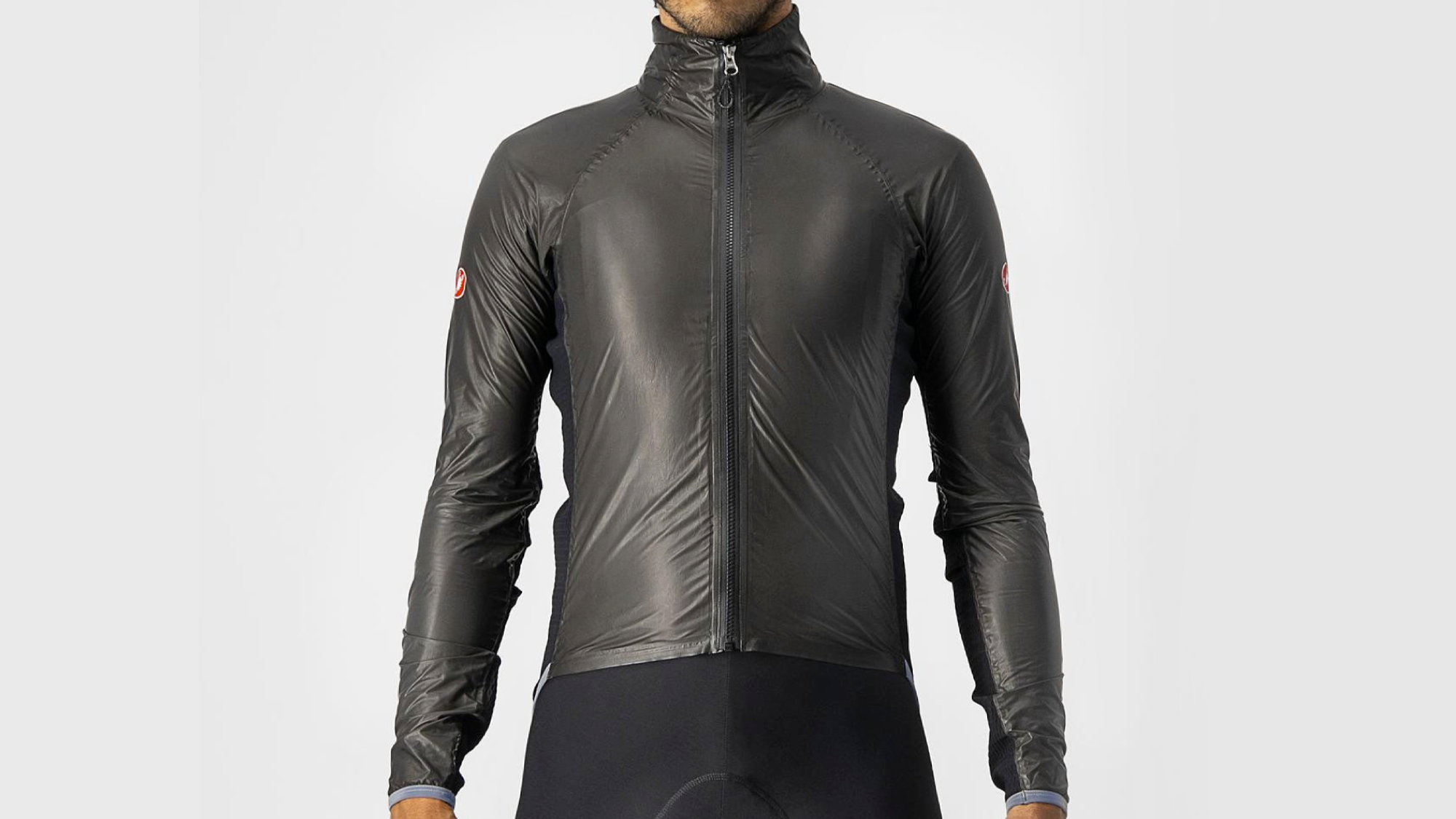
What comes next for other brands?
Brands such as Rapha, Castelli, and 7mesh all offer Shakedry products and they are all handling the challenges in their own way. Castelli is perhaps the most interesting in this discussion because it, somewhat quietly, replaced its Idro Pro 3 with a jacket so similar I initially thought it was the same image but with the Gore logo photoshopped off. In fact, the Idro Pro has changed names and materials but remained very similar. The new Slicker Pro jacket switches from the ePTFE Shakedry material to Castelli Microshell 2-layer waterproof breathable fabric. It's described as an ultralight with a PFC-free external microporous polyurethane membrane.
From Rapha, things aren't quite as far along because it already had to pivot previously. Rapha has the Pro Team Insulated Gore-Tex Jacket which is a Shakedry jacket that is one of the most impressive serious-weather options ever to exist. It was also nearly impossible to get it last year. In response, the brand created the Pro Team Insulated Gore-Tex Rain Jacket which is also an impressive jacket but much less extreme and uses Paclite instead of Shakedry. Paclite isn't going anywhere so for now, that's a safe product.
When asked what the plan would be for the future, Rapha responded with the following statement: "We have started our journey to move away from our reliance on PFAS chemicals or PFCs as they are more commonly known. These are effective chemicals in water and oil repellency, prolonging performance and comfort. However more and more scientific studies have revealed less favourable characteristics and we will start to see a global shift away from these chemical families, with regional-specific legislation and implementation from 2025.
"At this point, we will not have a film-out ‘shakedry’ product ready to replace the Gore-Tex technology. The Paclite Plus is a good alternative for the next couple of years, delivering durably waterproof, longevity and extremely breathable products. Longer term and post-2025, Paclite Plus will not be a technology we will continue to specify. It is most likely that we will move to a lightweight 3L, PFAS-free performance product, starting from AW24. We will be taking a phased approach, transitioning to PFAS-free solutions as they become more available and more relevant for our end use and to help futureproof our cycling market. Our intent is to also deliver EPM (environmentally preferred materials) solutions where possible, for example, recycled textiles."
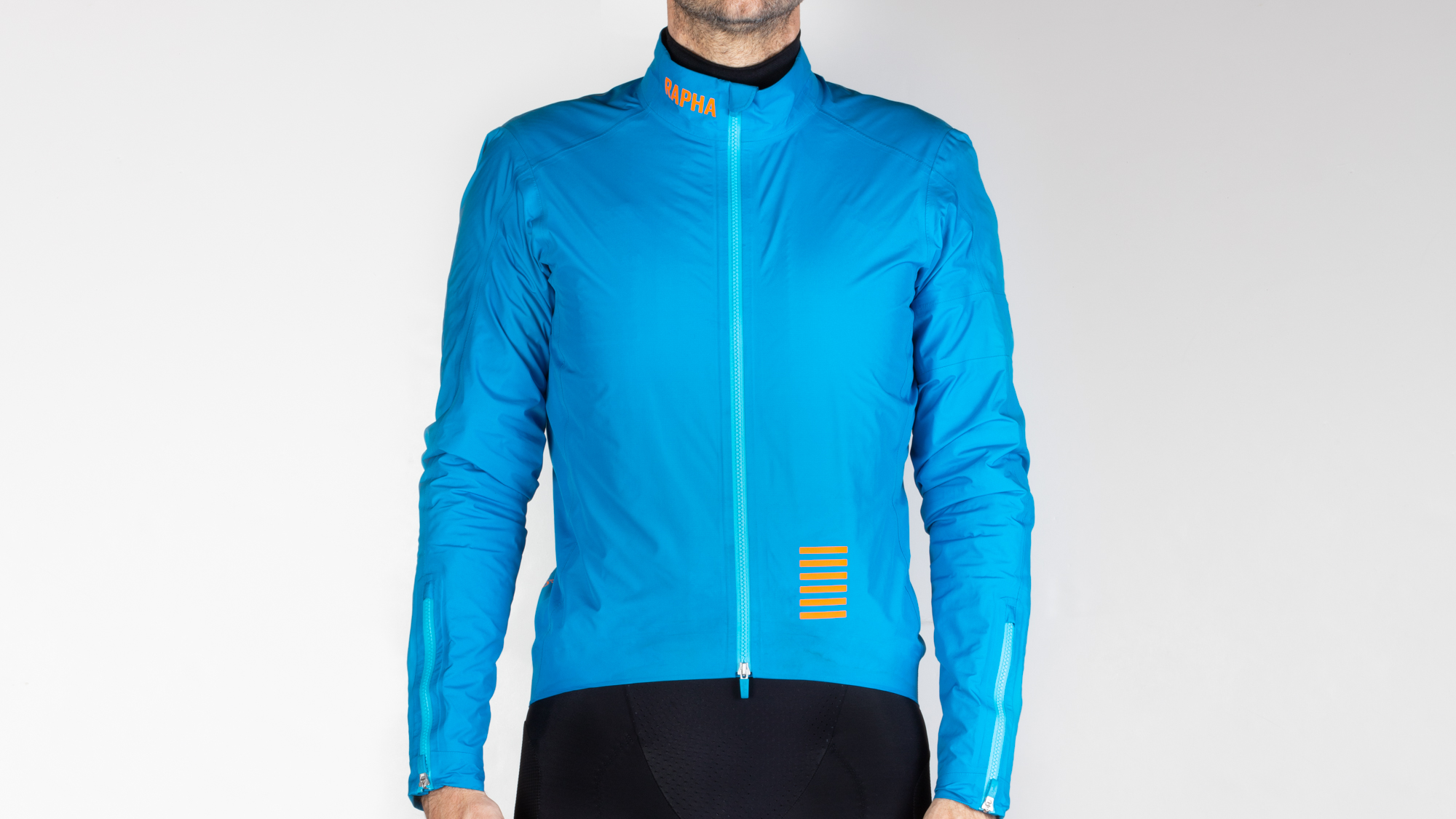
There are some other brands out there that have been able to move even faster. They offer examples of what the future is likely to offer and they also make it possible to choose a PFC alternative today.
POC is one of the brands that has been at the forefront of PFC-free options for a few years now. The POC Supreme jacket gets billed as an emergency jacket that costs a lot of money but I believe that sells it short. It's a three-layer jacket that is as light as the upcoming two-layer Castelli jacket. It also uses a PFC-free DWR treatment and, like the Castelli, a PU (polyurethane) hydrophilic membrane. Given that POC has had time to perfect this product this looks very promising and we expect to share more details soon.
One thing that's apparent is that both Castelli and POC are offering similar jackets with similar technology. The two brands have a lot of experience building high-performance jackets and it paints a picture of what we are likely going to see a lot of. For ultra-light, highly breathable, and waterproof jackets, I expect 3L and 2L polyurethane membrane materials to be the future.
There are other options though and some of them pull from older technologies. The Bioracer Kaimann is one such jacket. Instead of a laminate membrane, Bioracer uses a polyurethane coating. It's not new technology and it's inexpensive, PFC-free, durable, and highly waterproof. The disadvantage is that it's heavy and doesn't breathe as well. For those of us who ride when it’s both raining and cold, this could be an asset.
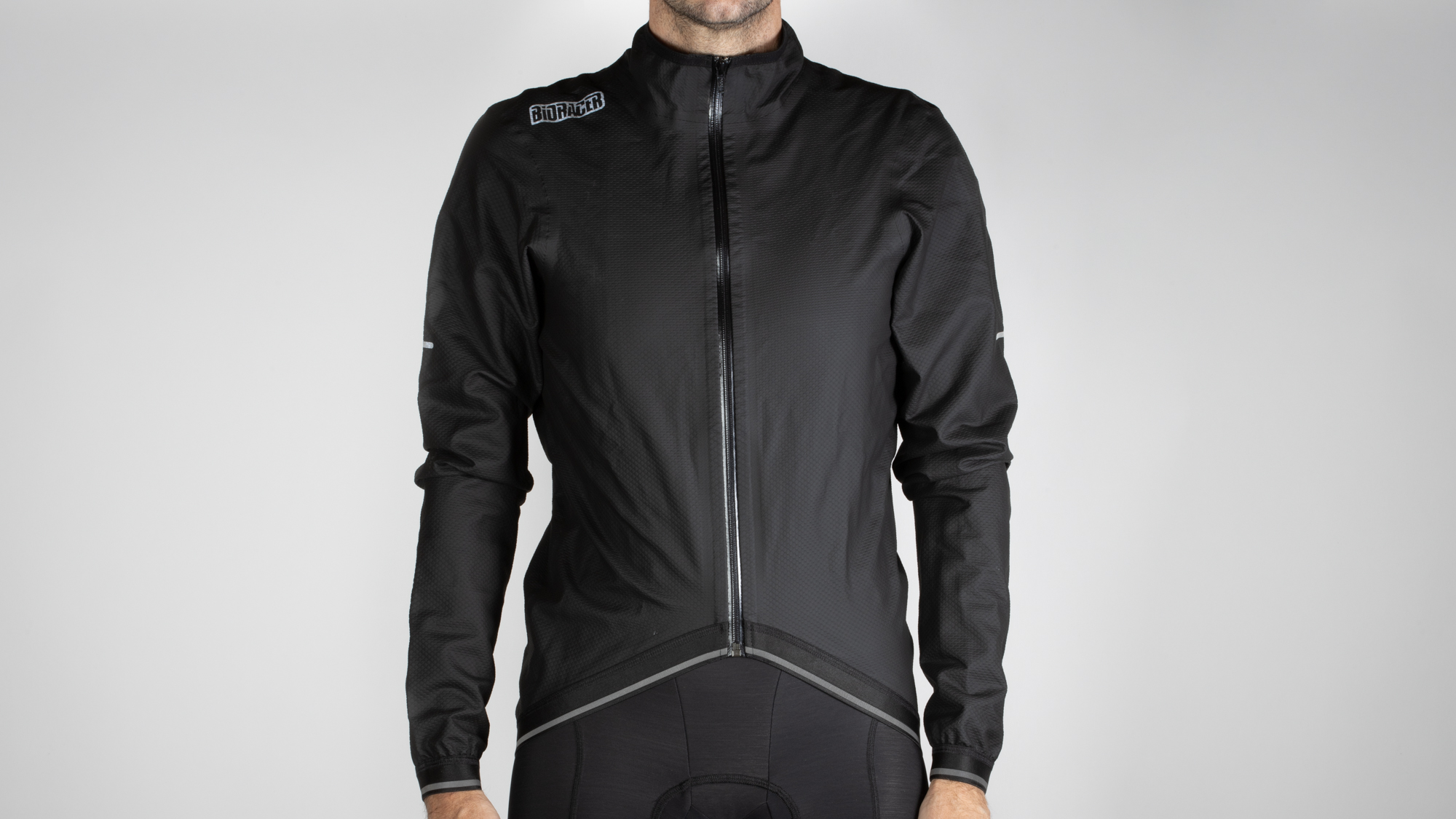
Josh hails from the Pacific Northwest of the United States but would prefer riding through the desert than the rain. He will happily talk for hours about the minutiae of cycling tech but also has an understanding that most people just want things to work. He is a road cyclist at heart and doesn't care much if those roads are paved, dirt, or digital. Although he rarely races, if you ask him to ride from sunrise to sunset the answer will be yes. Height: 5'9" Weight: 140 lb. Rides: Salsa Warbird, Cannondale CAAD9, Enve Melee, Look 795 Blade RS, Priority Continuum Onyx
